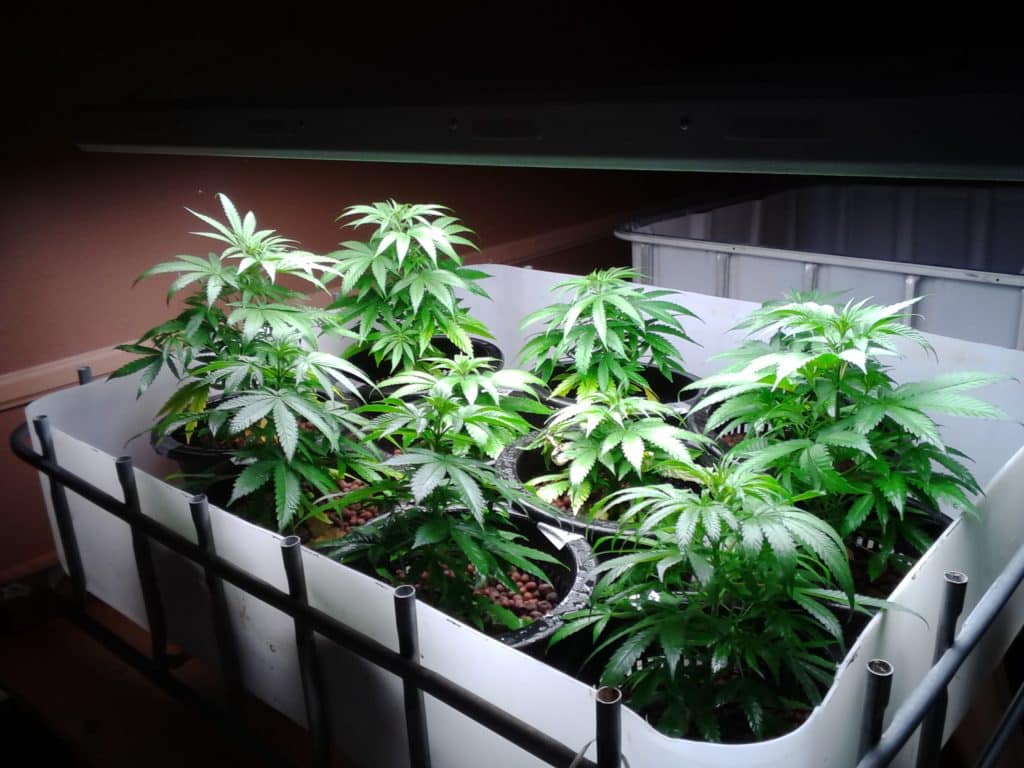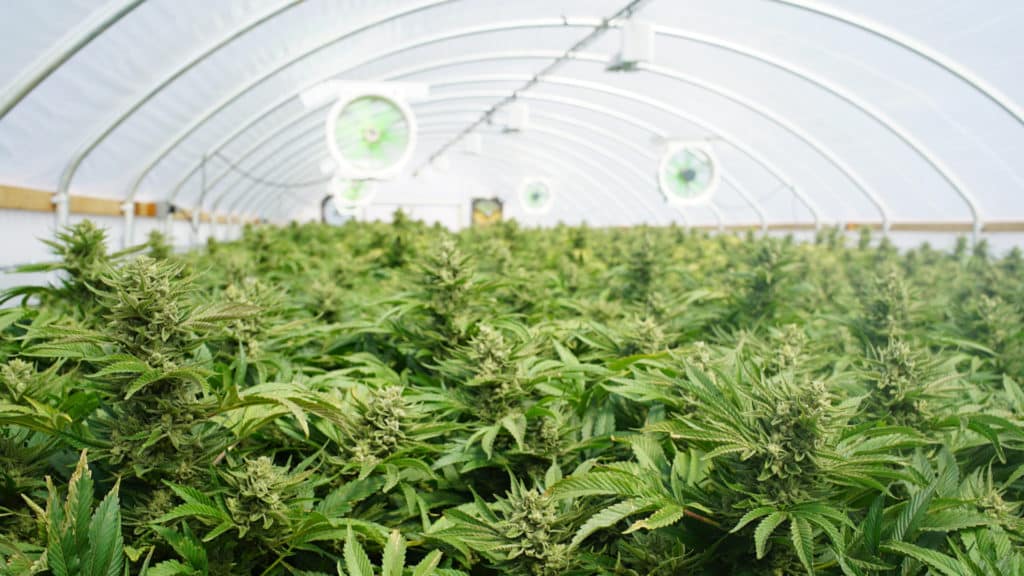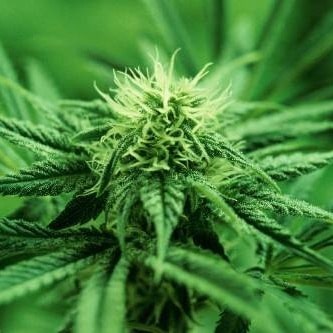What does pH Measure?
For the growth of all life, the correct acidity of the growth medium, fertilizers and water is very important. The acidity level determines the quality of the bacterial life, and the metabolic rate of the marijuana plant. Bacteria, which are important for the conversion of fertilizer to absorbable substances thrive best in a neutral environment, which means a pH level of 7.
The pH is a measure of the acidity concentration in a solution, the acronym stands for ‘Potential Hydrogen’. In fact, it is the ratio of negatively and positively charged water ions. The acidity is determined by the number of positively charged ions. A liquid is neutral when the number of positively and negatively charged particles keep each other balanced. When certain substances are added, this acidity balance can go either to the acid or the alkaline side. The pH level of a solution is nothing more than the concentration of positively charged ions in that substance.
These positively charged particles are expressed on a pH scale, which ranges from 0 (acid) to 14 (alkaline). A liquid with a pH level of 7 is called neutral; non acidic and non alkaline. This scale is logarithmic. In other words: if the pH level changes with one point, the liquid is more acidic or more alkaline with a factor of 10. Compared with a neutral liquid (pH 7), a solution with a pH level of 6 is 10 times more acidic, and a pH level of 5 is a hundred times more acidic! When mixing acids and salts you have to be very careful how much you add, it can be too much very quickly.
Trace elements, which the marijuana plant needs to a some degree, are bound in water with a higher pH level and can no longer be absorbed by the plant. What’s good for one thing, like the roots, is less suitable for the other, like the trace elements. So it’s finding a pH level that’s acceptable for all participants. It’s best to work with water and nutrient solutions that are slightly acidic, with a pH between 5.5 and 6.5. The level can be a half a point higher in the slabs.
Best pH Levels for Growing Cannabis
- Between 5.5 and 5.8 – Perfect
- Between 5.3 and 6.5- Good
- Between 5.0 and 7.0 – Acceptable
- Below 4.5 and above 8.0 – Disrupted absorption of nutrients
- Below 3.5 and above 9.0 – Irreversible damage to the roots
What happens to cannabis if the pH is too low?
In a nutrient solution with a pH of 5 or lower, elements such as iron, manganese and particularly aluminum are changing in a way that they become toxic to the marijuana plant. In order to prevent that, a nutrient solution needs to have a pH of at least 5.5. Before nutrient water is given to your plant you need to measure the pH of that water and adjust it accordingly. The pH level can be increased by adding caustic potash to the water. In a grow shop or garden center these are for sale as pH+.
What happens to cannabis plants if the pH is too high?
With a pH level above 6.5, iron, calcium and phosphorus ions are bound together. These substances are still present in the feeding solution, but aren’t disposable. The consequences of such a defect is very radical and decreases the development, growth and eventually the yield of a marijuana plant.
Feeding water with a pH of 6.5 or higher must therefore be reduced by adding diluted nitric acid in the growth period, and diluted phosphoric acid in the flowering period. These resources are for sale in the grow shop or garden center as pH- growth (nitric acid), and pH- flowering, (phosphoric acid). Be careful with this stuff because a few drops of pH- changes the pH of 10 liters of water easily by 2 points.
Measure the feeding water again after adding pH- or pH+ to make sure the pH is good. Keep in mind that EC and pH have a lot to do with each other. An increase of EC causes (due to acidity) a pH reduction. When changing the EC also the acidity level needs to be adjusted.
What is EC (electrical conductivity) and TDS (total dissolved solids)?
The acronym stands for Electric Conductivity. Marijuana plants that go through a rapid growth and flower period need to have plenty of nutrients. To measure the nutritional value (the actual nutrient salts), you’ll need to use an EC meter.
Unambiguous values for the number of nutrient salts in a solution are difficult to indicate. The EC also depends on the size of the marijuana plant, the amount of water and the number of times you drip, the lighting, the natural EC values of the tap water and the humidity levels in your growing space. All this determines how much water and nutrition a marijuana plant really needs.
Your own preference plays an important role as well of course. Some marijuana growers get great results with ‘irresponsibly’ strong nutrition solutions, others have fine harvests with really weak nutrient solutions. Generally it can be said that a nutrient solution for young marijuana plants has an EC value of 1.2 till 1.5 mS, and that can be all the way up until 3.0 mS for adult plants. If the natural EC of tap water deviates too much of different fertilizer averages (based on an average EC of 0.4/0.5 mS), that difference in EC has to be readjusted.
Example:
- Grower A measures an EC of 0.5 in his tap water. He wants to have an EC of 1.8 and thus adds 1.3 EC worth of nutrition.
- Grower B has harder water and measures an EC of 0.8 in his tap water. If he also wants to have an EC of 1.8, grower B only has to add 1.0 EC worth of nutrition. That’s 0.3 EC less than his fellow grower.
So to provide the same amount of nutrition as grower A, grower B has to create an EC of 2.1. Furthermore, you can assume that the EC in the slabs may be a half a point higher than in the dripping water. The level of the EC value also depends on the number of drip feedings. A relatively high feed solution with an EC of 2.7 for instance, spread over five drip feedings of 500 ml per plant will be less problematic than a drip feeding of 150 ml with the same solution, six times a day. In the latter case, the salts will evaporate from the solution so that the EC increases tremendously.
Those who prefer to drip frequently therefore use a less strong nutrient solution. In all cases you need to know what the nutrient solution in the slabs do. So check the pH and EC of the drain water that comes out of the slabs every other day. And every 5th and 6th day you need to take a water sample directly from the slabs using a syringe.





